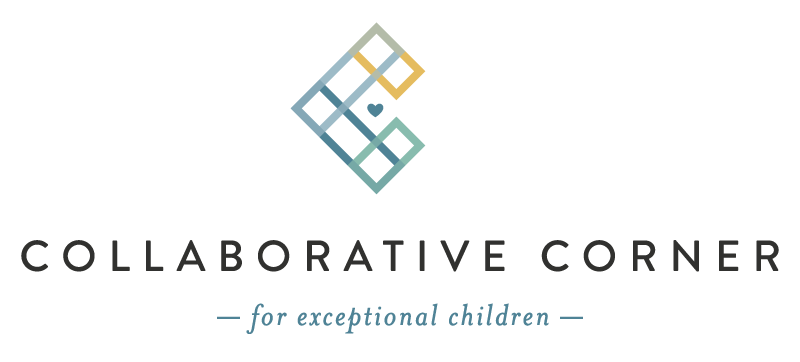What Is Stuttering?
Does your child often repeat sounds, words, or phrases?
Does your child “shut down” or show signs of frustration when they can’t get their words out?
Are you observing additional behaviors such as head tics or fist clenching?
Does your child avoid social situations all together due to difficulties expressing themselves?
Your child may be stuttering which is also called a fluency disorder.
According to the American Speech-Language-Hearing Association (ASHA), stuttering is an interruption in the flow of speech characterized by repetitions (sounds, syllables, words, phrases), sound prolongations, blocks, interjections, and revisions. It is important to note, that stuttering is normal and developmental in children up until age six as their speech and language is developing. However, if there are secondary behaviors such as body tension, negative reactions, or avoidance behaviors when attempting to communicate, you should speak to your pediatrician and a speech evaluation may be necessary.
Stuttering is two times more common in preschool age boys than girls, and three to four times more common in school age boys than girls. Stuttering can be hereditary if there is a direct family member such as a parent or sibling who stutters as well.
Diagnosis and Treatment
If you suspect your child may be stuttering, a speech-language pathologist will conduct a thorough evaluation of your child’s speech in a variety of speaking tasks. They will also evaluate presence of secondary behaviors, called concomitant behaviors. For more information, check out this handy handout from Super Duper Inc. here.
According to ASHA, “treatment for fluency disorders is highly individualized and based on thorough assessment of speech fluency, language factors, emotional/attitudinal components, and life impact. In creating a treatment plan and setting goals for fluency, the SLP uses linguistically and culturally appropriate stimuli and is sensitive to the unique values and preferences of each individual/family. The clinician considers the degree to which the child's disfluent behaviors and overall communication are influenced by a co-existing disorder (e.g., other speech or language disorders, Down syndrome, ASD, ADHD) and determines how treatment might be adjusted accordingly”.
For more information from ASHA, click here.
If you have concerns that your child is presenting with signs and symptoms of stuttering, please contact our speech-language pathologists at www.collaborativecorner.org.
Kristen Bencomo, MA, CCC-SLP
Co-Founder/Director of Development, Speech-Language Pathologist
kristen@collaborativecorner.org

